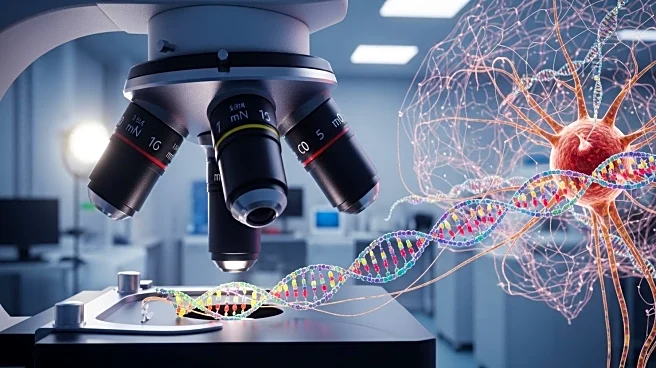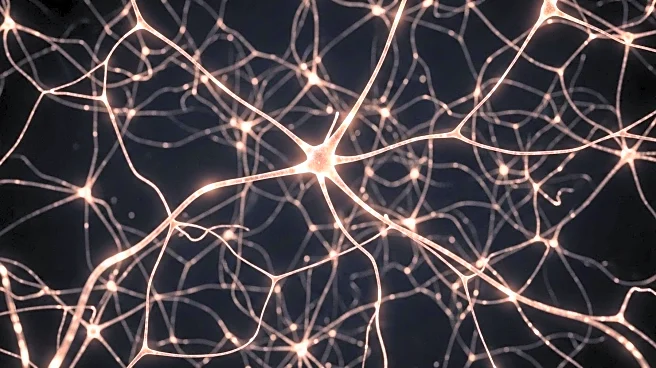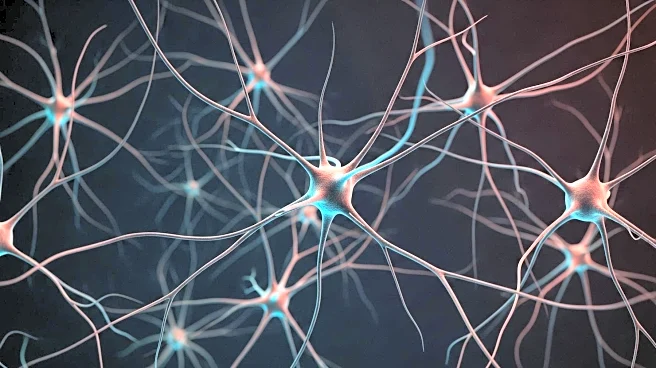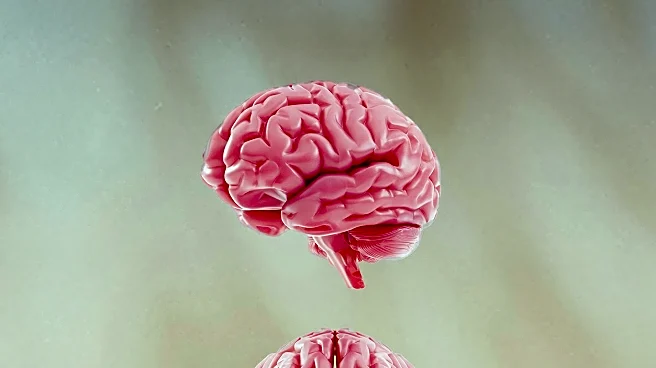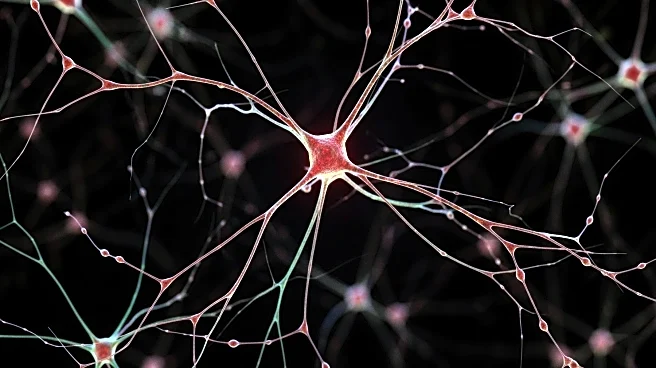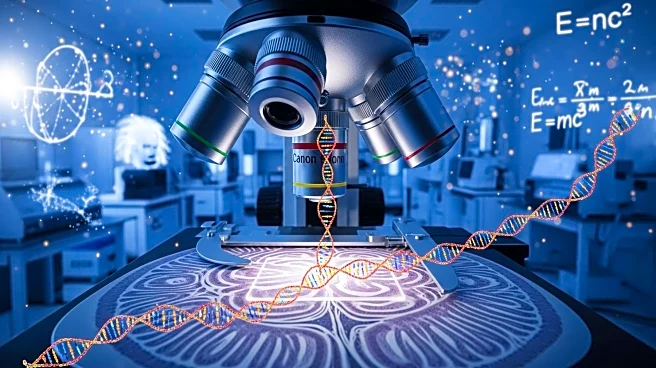What's Happening?
Researchers at the Okinawa Institute of Science and Technology (OIST) have identified specific neurons in the dorsomedial striatum of male mice that regulate social hierarchy dynamics. These neurons, known as cholinergic interneurons, are linked to the 'loser effect,' where past defeats lower an individual's future social rank. The study found that removing these neurons blocked the 'loser effect,' allowing mice to maintain their social standing despite previous losses. This research highlights distinct brain circuits that govern winning and losing behaviors, offering insights into the biological basis of dominance and submission.
Why It's Important?
The findings from this study could have significant implications for understanding human social behavior. The brain structures involved in these social dynamics are similar in mice and humans, suggesting that these insights could help explain how experiences shape confidence, dominance, and social adaptability in humans. This research could also inform the development of interventions for social anxiety and other related conditions by targeting specific neural pathways. Understanding the neural basis of social hierarchy could lead to advancements in mental health treatments and improve social functioning in various contexts.
What's Next?
Future research may explore the application of these findings to human social dynamics, potentially leading to new therapeutic strategies for social disorders. Researchers might also investigate how these neural circuits interact with other brain regions involved in decision-making and reward processing. Additionally, studies could examine the role of these neurons in different social contexts and across various species to further understand the universality of these mechanisms.
Beyond the Headlines
The study raises ethical considerations about manipulating social behaviors through neural interventions. While the potential for therapeutic applications is promising, it also poses questions about the extent to which such interventions should be used to alter social dynamics. The research underscores the complexity of social behavior and the need for careful consideration of the implications of modifying neural circuits.

